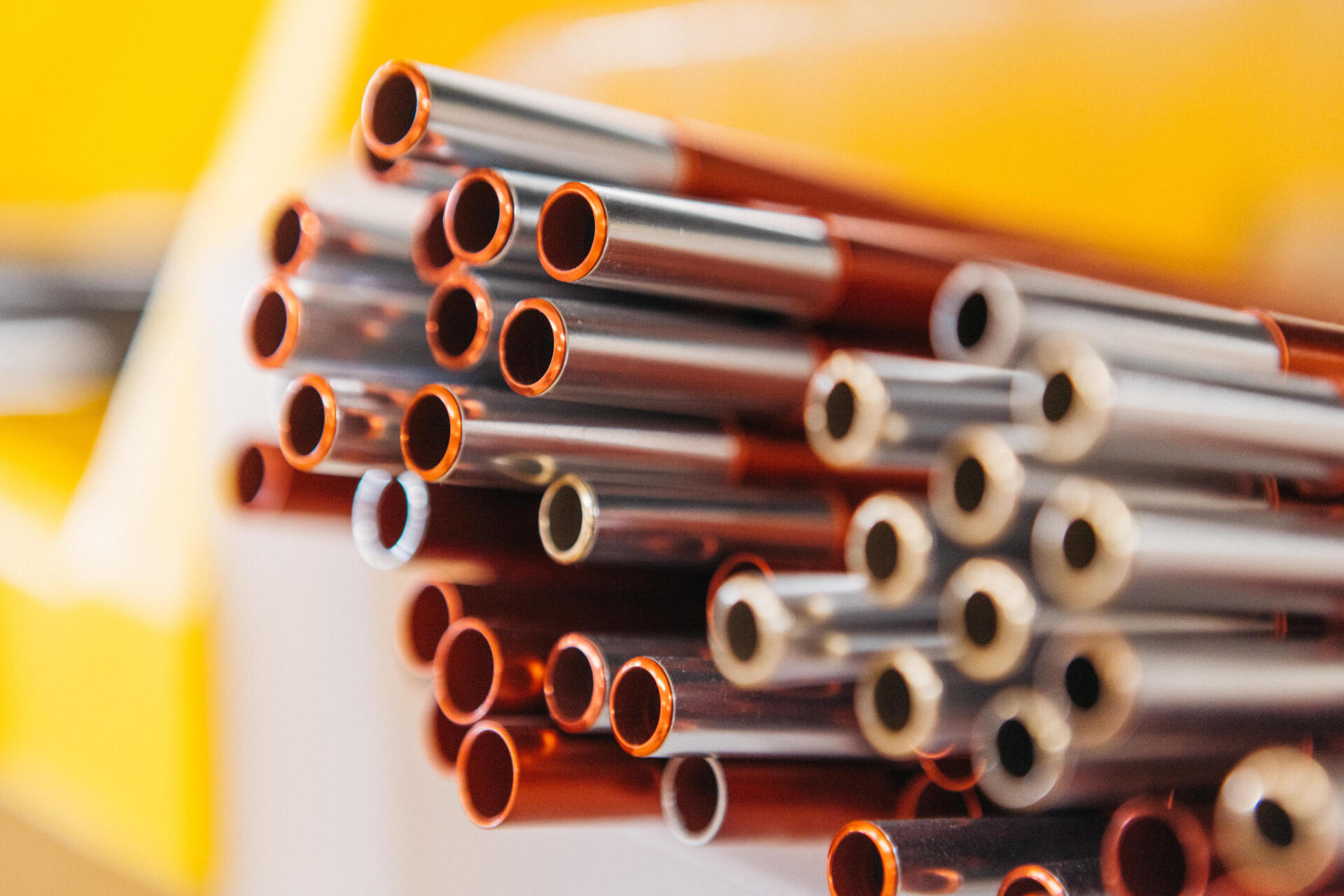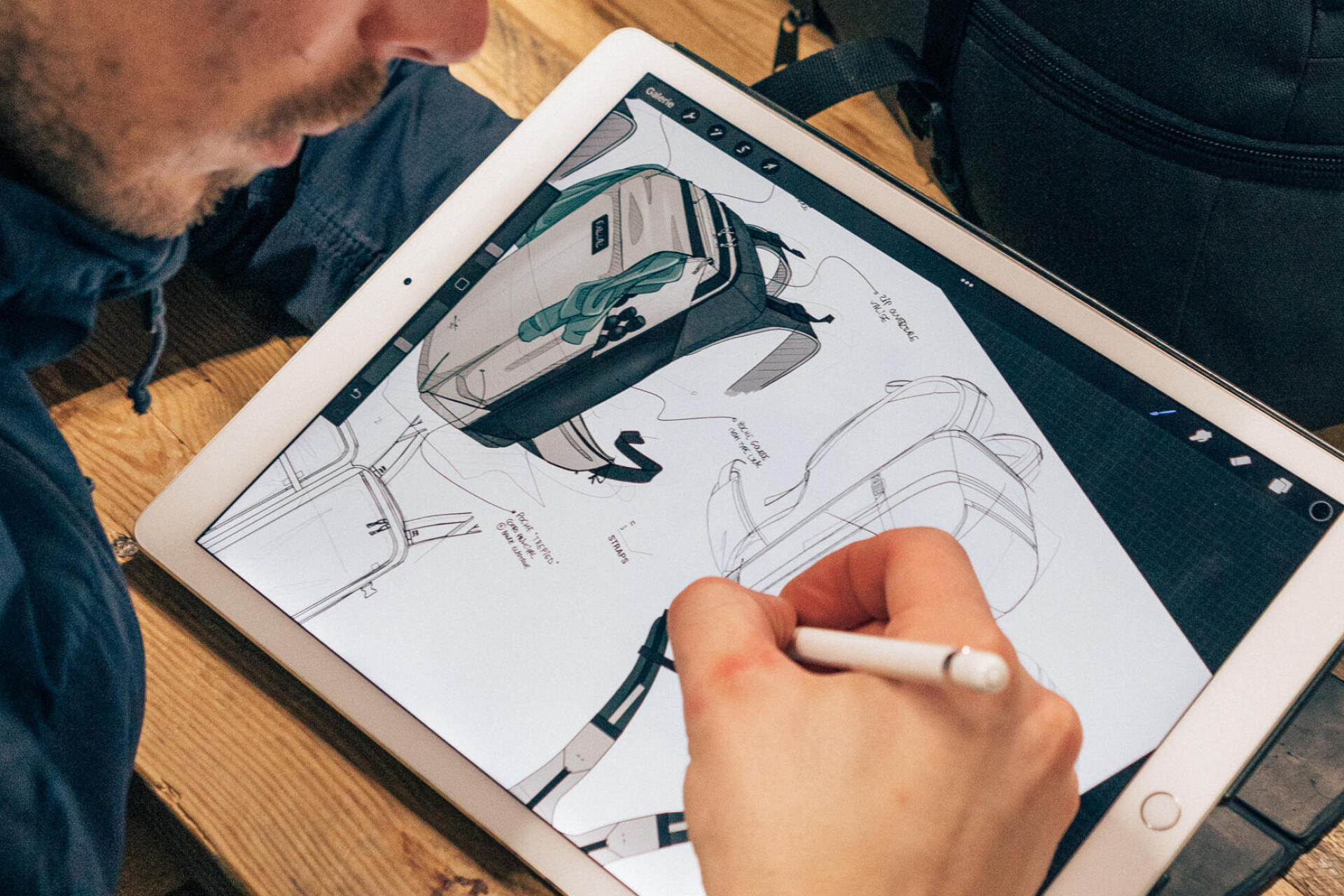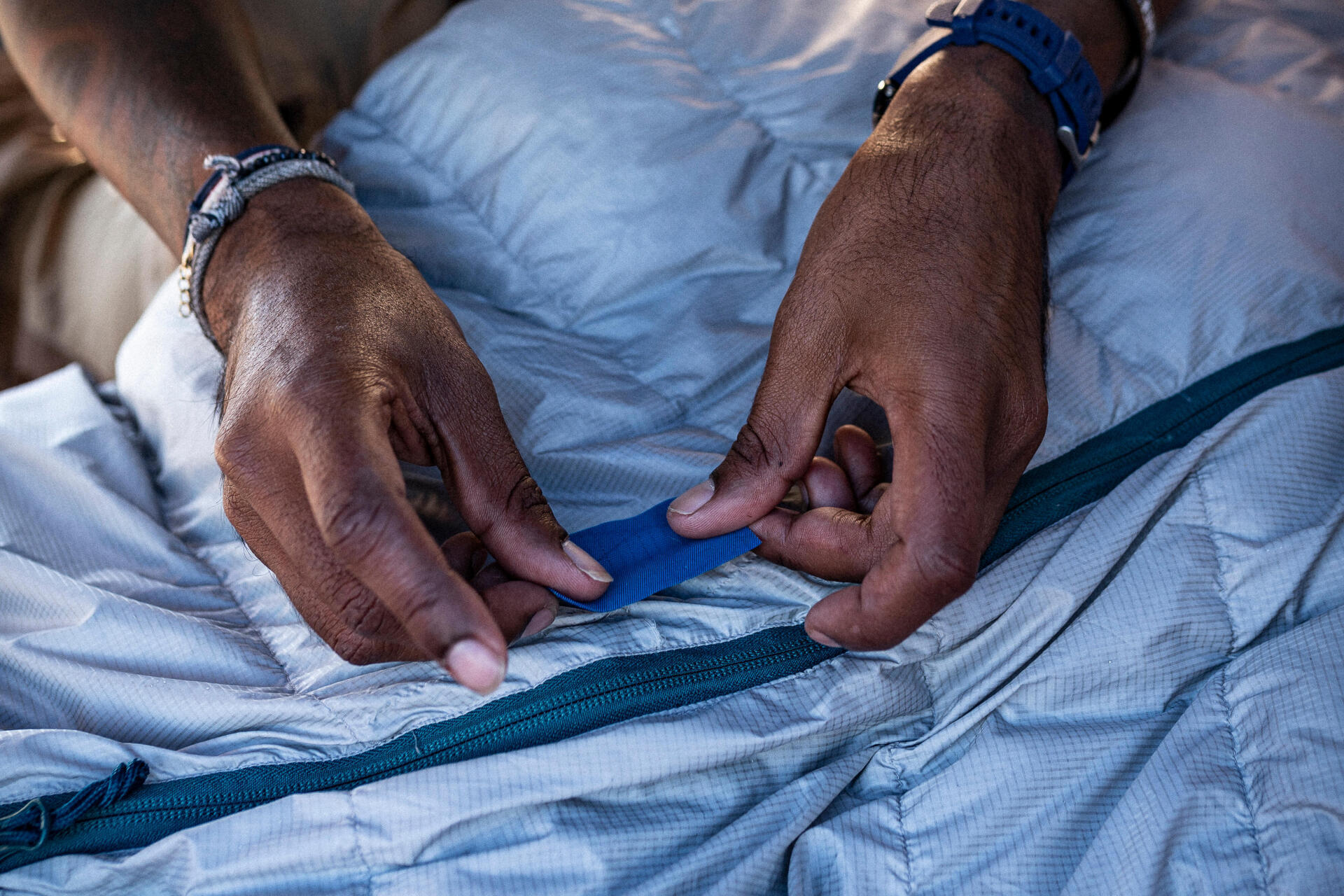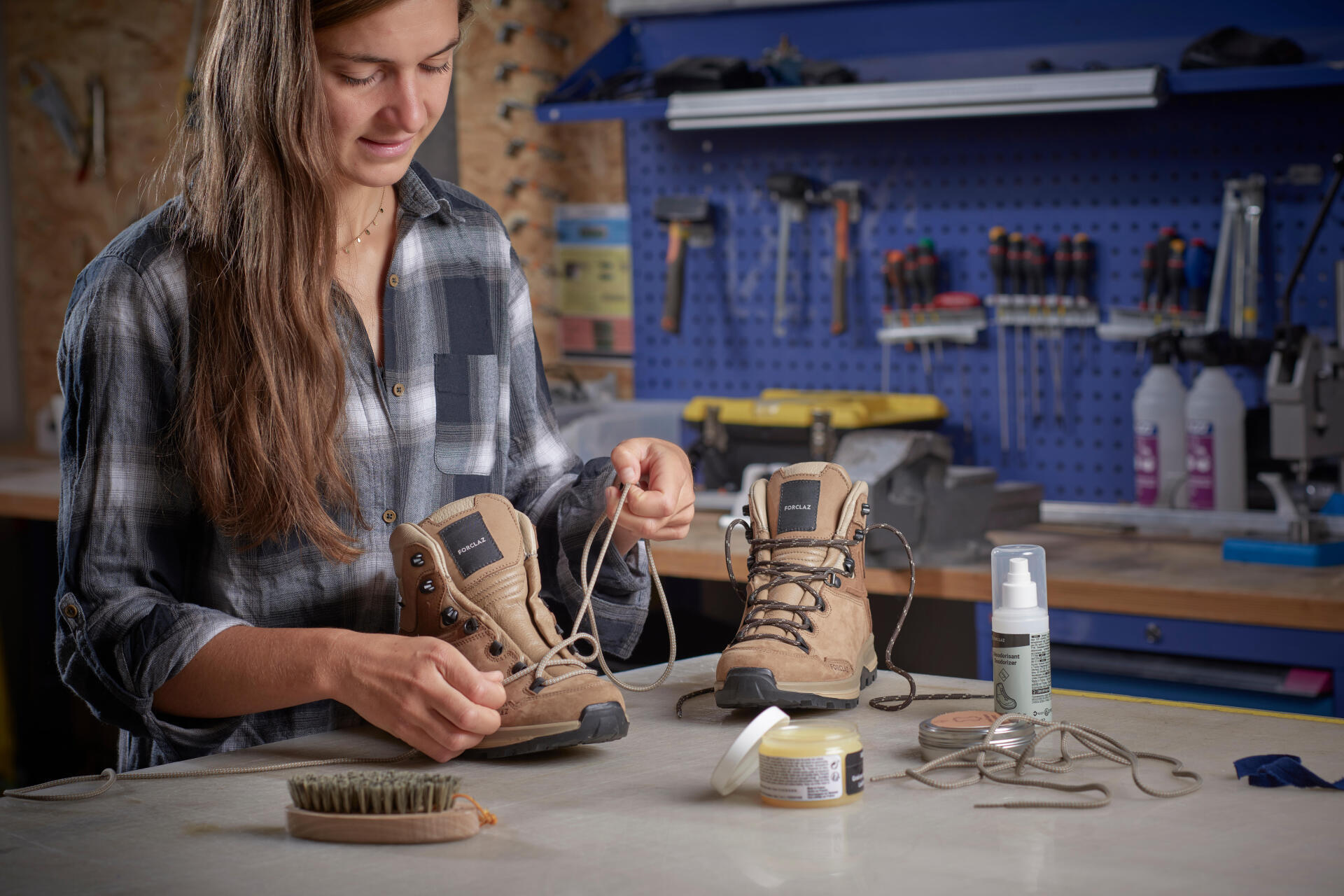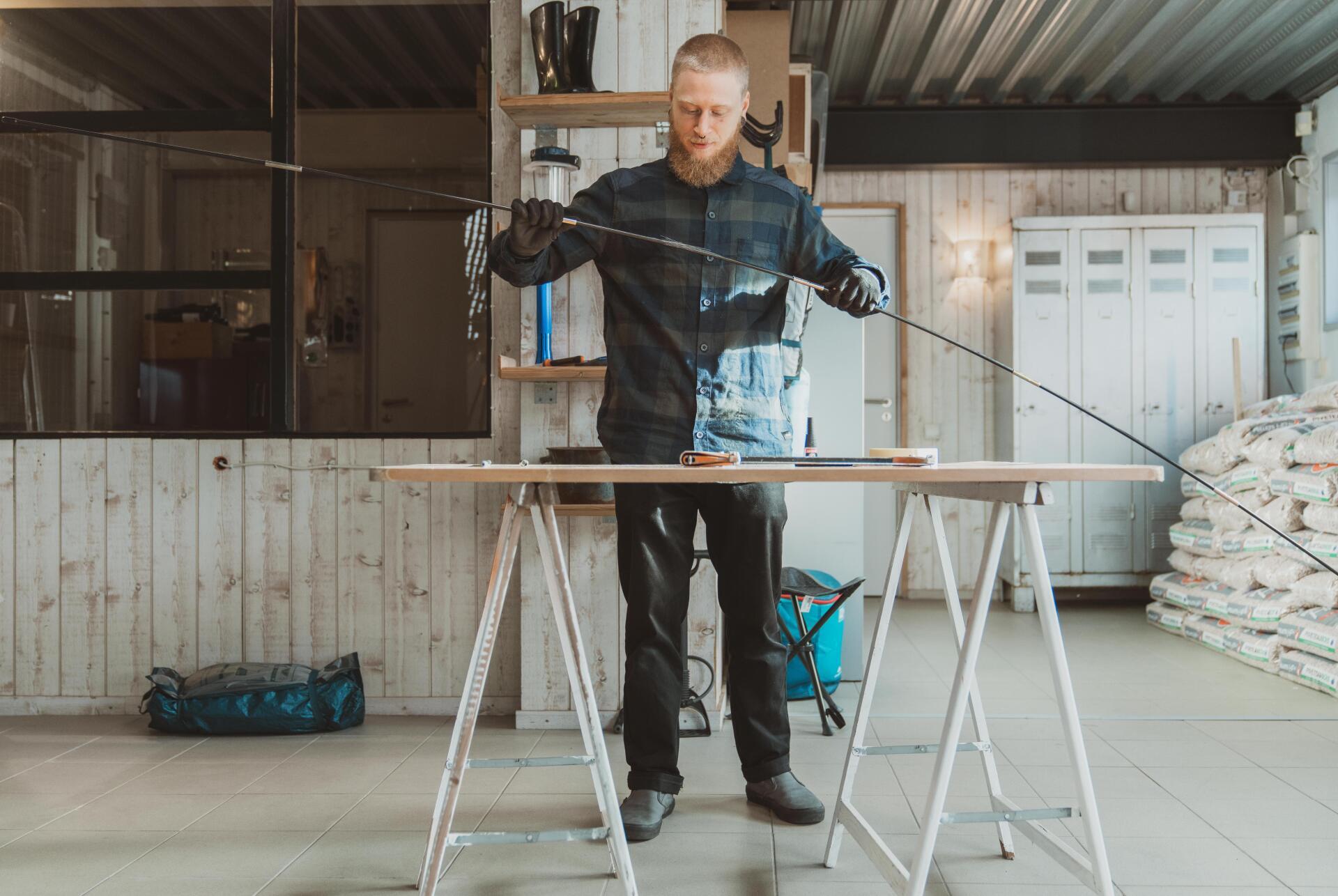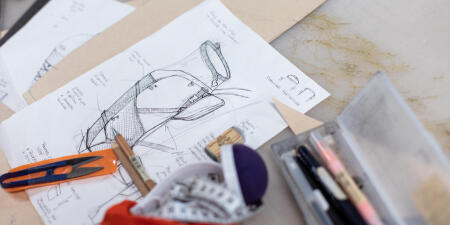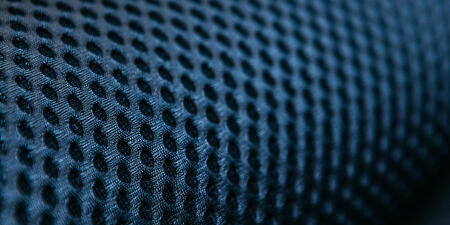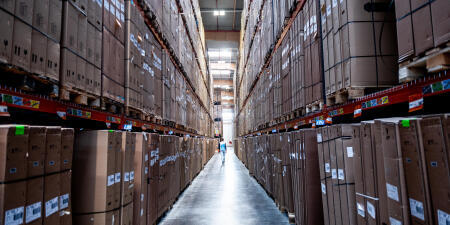Action no. 3: exploring the ways of recycled and recyclable materials
When it comes to the circular economy, the question of the end of life of products is inevitable.
We are aware that the recyclability of products is an important issue and we take this into account in the development of our products, in which we use materials from recycling sectors.
That said, we want to focus our efforts where we believe the impact reduction is most significant, based on the results of the product life cycle analysis.
This is why we have chosen to focus on the sustainability of our products before their recyclability. After all, we don't produce to throw away and it is by working again and again on sustainability that our products will have many lives before they are thrown away. To arrive at recycling would be a failure in itself: this would mean that our product would not be strong enough or repairable.
The recycling of our products is one of the most difficult steps for us: it is a question of knowing how to collect products at the end of their life, but also of finding the recycling sectors available for the treatment of sometimes complex and often multi-material technical products.
However, we are not putting this issue to one side and recycling initiatives continue to be developed within the Decathlon Group. For example, where possible, we try to design textiles using only one material, as this makes them more easily recyclable.




